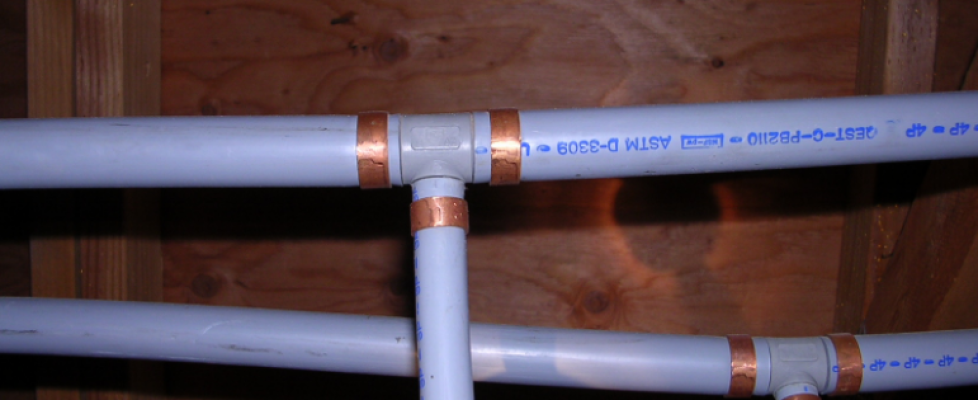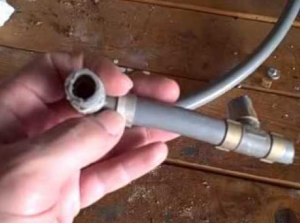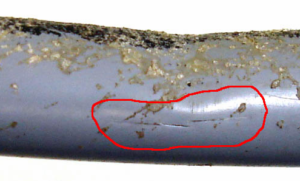The Double Threat of Polybutylene
Polybutylene also known as poly or poly-b is a gray plastic resin, which was used between the years of 1978 to 1995. They were used in the manufacture of fittings and pipes for installation in the low-rise apartments, single-family homes or condominiums. When it comes to poly, the longer it’s in use the greater the risk of disastrous failure.
Due to the apparent product defects which lead to pipe failures, manufacturers were to pay out a billion dollar settlement in 1995. During this period though, only a small number of properties had repiping done in the settlement period; which concluded a long time ago. Therefore, there are still a lot of buildings, which up to date they still face the problem of a failing poly piping.
In case your property was built during 1978 to 1995, then most probably your pipes are polybutylene. Consequently it’s a guarantee that your property would be facing an aging piping system; plus a defective product, this guarantees you potential disasters.
The primary problem with poly is stress fractures; plus cracking of the pipes, which is as a result of common water additives such as chlorine.
Effects of Disastrous Leaks and Flooding Caused By Cracks and Fractures
- Mold infestation
- Property damage
- Cancelled coverage
- Overall higher expenses
- Higher insurance premiums and
- Residents upset.
Properties with poly piping get a negative impact from both sides, that is for the buyers and the seller side. This is because, for the buyers there is an inability for one to secure insurance or financing. On the sellers’ side there is a decrease valuation and an increase in risk.
Therefore, majority of the lenders require; properties with poly pipes to replace the poly piping. This is a condition to refinance a property transaction, or to buy or sell a property.
Things to Consider in Checking If You’re Property is at Risk
- Consider the age of your property, for properties that are 23 to 40 years old, have a higher chance of having poly piping system which puts you at a risk.
- Check for polybutylene pipes. They are gray in color and are usually near water heaters, toilets or sinks. In case you do not see them, this does not mean that they are not in your piping system. As they could be used in conjunction with copper pipe; that are behind ceilings, foundations and walls.
Do not wait for the threat to become reality, make an appointment with a professional to come and repipe your piping.



